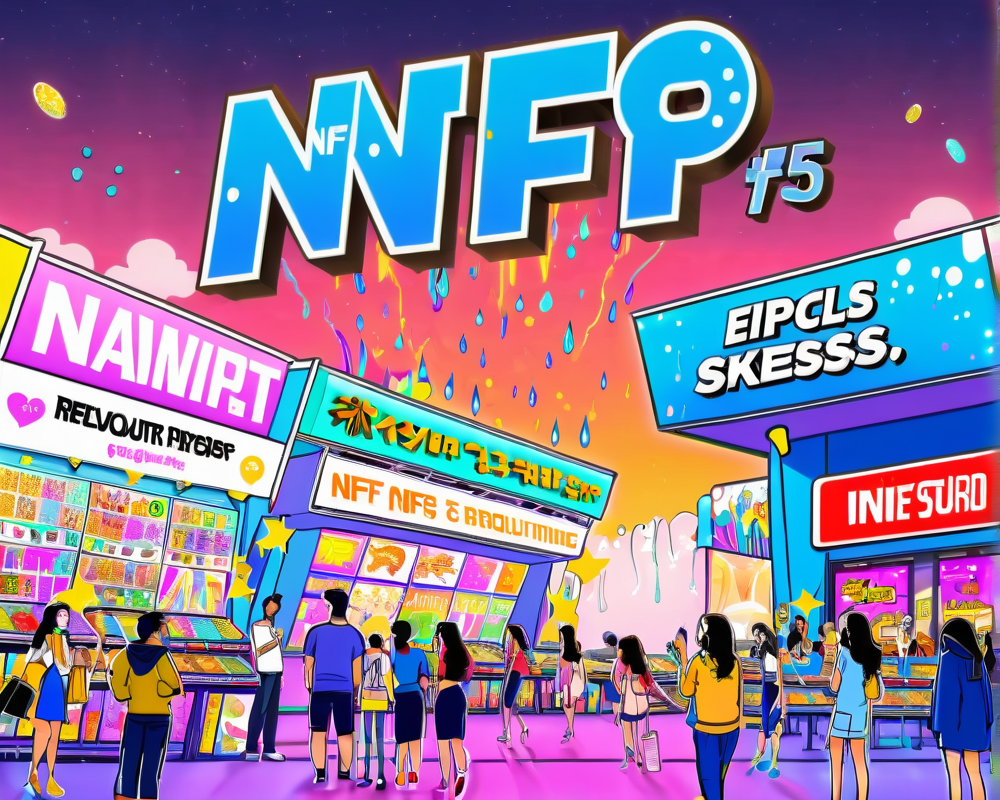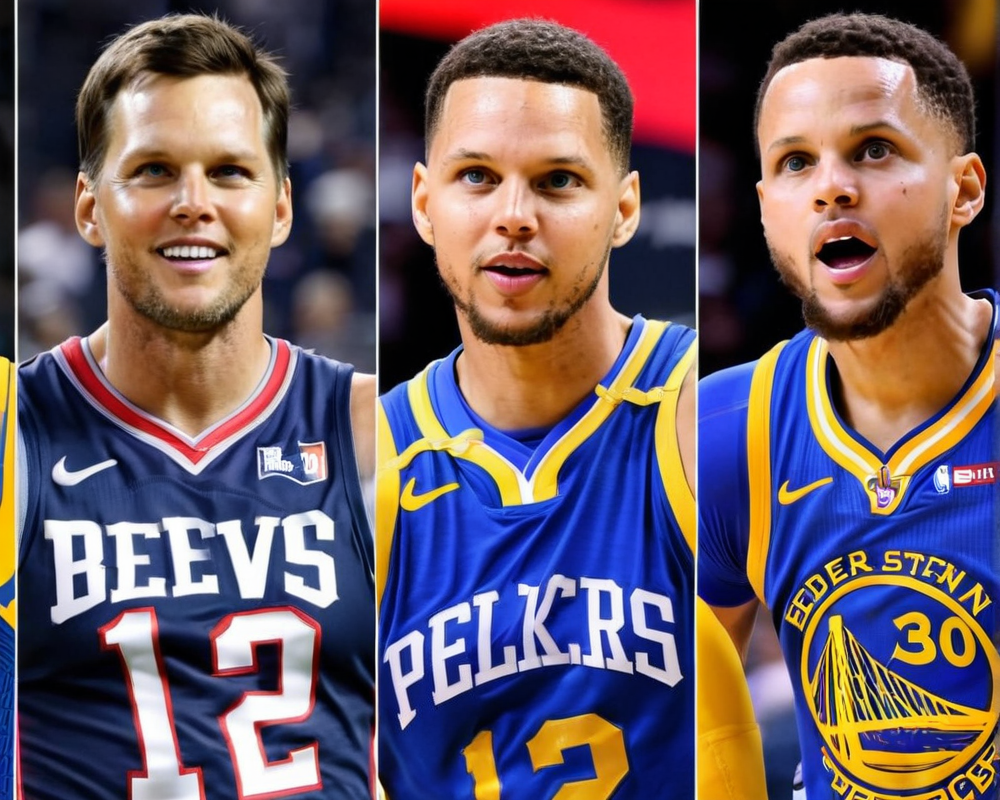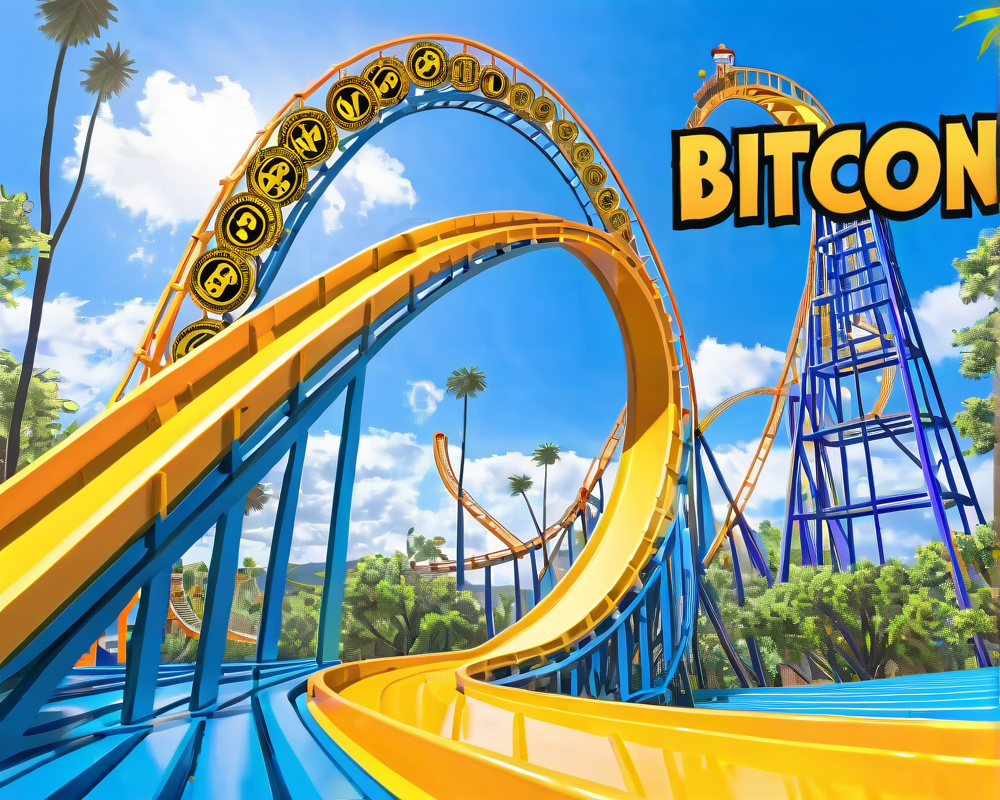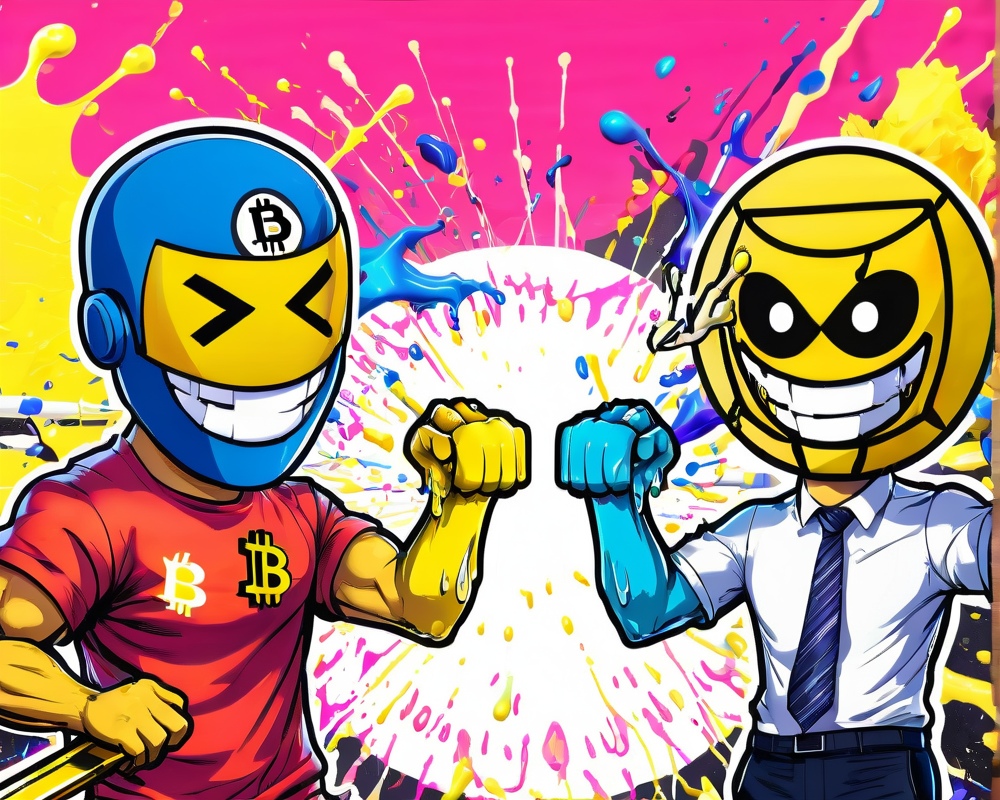Understanding EIP-6551
The latest Ethereum Improvement Proposal, known as EIP-6551, introduces a thrilling new way to empower non-fungible tokens (NFTs). Imagine giving every NFT its own crypto wallet—this is essentially what EIP-6551 aims to accomplish. Developed by Jayden Windle and Benny Giang of Future Primitive, this proposal transforms NFTs from static collectibles into active participants in the blockchain ecosystem.
The Concept Behind the Proposal
Windle frames the proposal simply: “Every NFT has a wallet, which allows them to hold any asset on-chain.” This breakthrough means NFTs can now perform actions just like traditional crypto wallets, effectively making NFTs users on the Ethereum network. Unlike past implementations that treated NFTs as mere digital art, under EIP-6551, NFTs gain agency.
Origins of the Idea
While brainstorming potential applications, Windle described a deep dive into a “rabbit hole of experimental oddities.” The team found themselves looking for a way to allow NFTs to “wear” other NFTs, akin to equipping characters in a game with gear. This quest led them to realize that existing NFT projects lacked the ability to facilitate self-sovereign ownership. Thus, the idea of NFTs being able to own items was born.
Use Cases That Spark Excitement
So what does this mean for the future? EIP-6551 holds the potential for innovative applications such as:
- Blockchain Gaming: Imagine an inventory system where your NFT can hold gear or upgrades.
- Decentralized Autonomous Organizations (DAOs): Persisting member histories within the NFT itself.
- Airdrop Convenience: Sending digital assets directly into NFTs instead of separate wallets, potentially enhancing asset value.
Furthermore, Giang emphasizes that this proposal can breathe new life into the NFT market by transforming them from mere JPEGs into unique social identities, rich with additional functionality.
The Mind-Bending Concept of NFTs Inside NFTs
The potential for NFTs to contain other NFTs is mind-boggling, leading to what the duo calls “infinite crazy possibilities.” An NFT can own another NFT, which can also own an NFT, creating a complex, intertwined digital family tree. Picture this: an NFT representing a character in a game, which holds other NFTs like weapons or skills, and those NFTs can hold yet more NFTs!
Realizing the Vision
One significant takeaway from Windle and Giang’s discussion is that EIP-6551 isn’t just a concept squashed into an academic paper—it’s live and kicking on the Ethereum mainnet. The Future Primitive team has already applied it to an existing NFT collection called Sapienz, demonstrating the tangible realities of this ambitious proposal.




